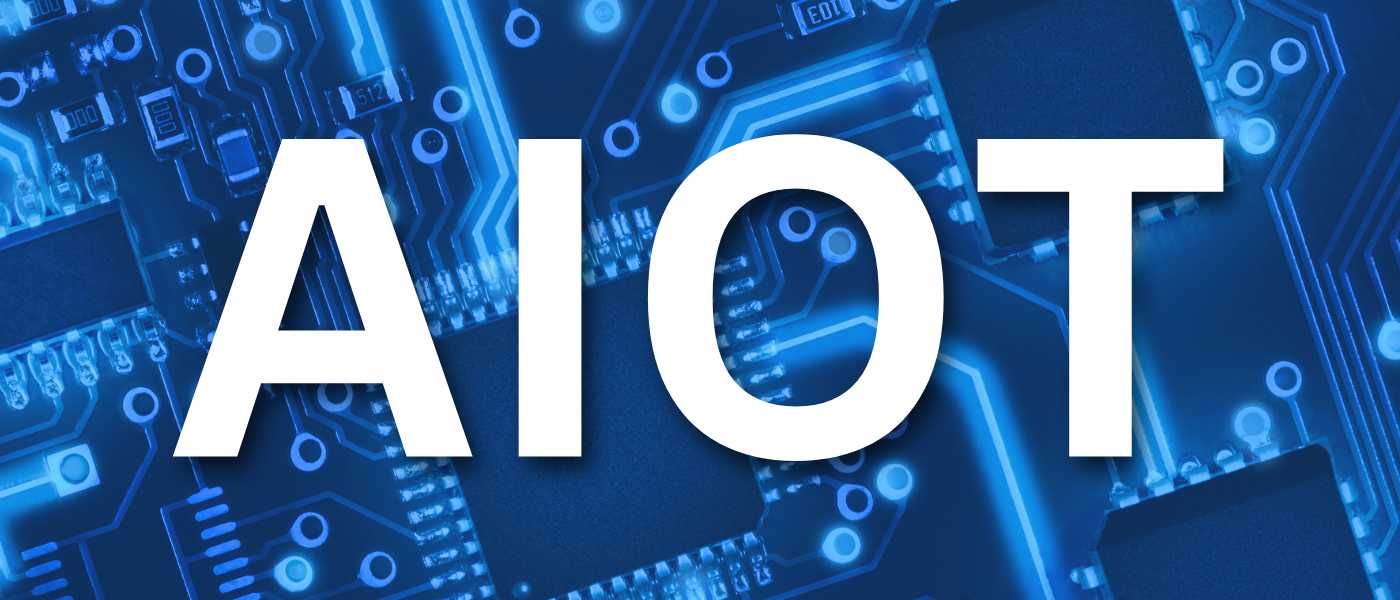OVERVIEW
AIoT (Artificial Intelligence of Things) merges the analytical power of Artificial Intelligence (AI) with the connected infrastructure of the Internet of Things (IoT). When integrated with telematics, this combination offers groundbreaking opportunities for industries such as transportation, logistics, and fleet management. Businesses can gain actionable insights, optimize operations, and reduce risks, transforming how assets are tracked and managed.
Key Benefits of AIoT in Telematics
-
Enhanced Fleet Management
-
• Real-time vehicle tracking using GPS and IoT sensors.
-
• AI-driven route optimization for fuel efficiency.
-
• Reduced delivery times through intelligent traffic
analysis.
-
Predictive Maintenance
-
• IoT sensors monitor critical vehicle parameters like
tire pressure and engine health
-
• AI analyzes patterns to predict maintenance needs before
breakdowns occur.
-
• Reduces operational costs by preventing unexpected
repairs.
-
Driver Behavior Monitoring
-
• AI detects distracted driving, fatigue, and risky
maneuvers using onboard cameras.
-
• Immediate feedback to drivers and managers improves
safety.
-
• Custom driver training programs based on analyzed
behavior trends.
-
Increased Security
-
• AI identifies unauthorized vehicle use or tampering
attempts.
-
• Real-time alerts notify managers to take quick action.
-
• Theft prevention through AI-powered lockdown mechanisms.
-
Edge AI for Real-Time Decisions
-
• Processes data on the device without relying on cloud connectivity.
-
• Ideal for remote areas or industries needing split-second responsiveness.

Applications of AIoT-Driven Telematics
- • Logistics and Transportation Optimize fuel consumption, delivery schedules, and fleet utilization.
- • Public Transportation Improve passenger safety, route efficiency, and driver performance.
- • Construction and Mining Monitor heavy equipment usage, prevent breakdowns, and enhance operational safety.
- • Agriculture Manage tractors and other machinery in remote areas with minimal downtime.
Challenges to Address
-
Data Security
-
Handling vast amounts of sensitive data requires robust cybersecurity
measures.
-
High Implementation Costs
-
Upfront investment can be a barrier, but the long-term ROI justifies it.
-
System Integration
-
Adapting existing telematics setups to AIoT demands expertise and resources.
Conclusion
AIoT and telematics are the future of fleet management and asset monitoring. By leveraging real-time data processing and AI-driven insights, businesses can stay ahead of the curve, reduce costs, and create safer, more efficient operations. While challenges exist, the benefits far outweigh the hurdles, marking the beginning of a smarter, more connected era in telematics.
Embrace the future today, where AI meets IoT and drives the world forward.


 Joshua Torocsik
Joshua Torocsik
Comments
Leave Comment
Your email address will not be published. Required fields are marked